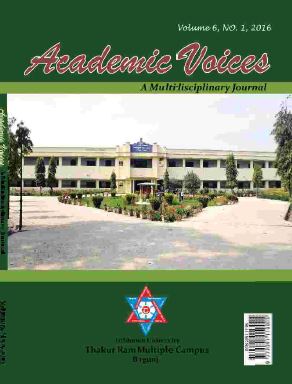Variation of Spatial Orientation with Increase in Red Shift
DOI:
https://doi.org/10.3126/av.v6i0.20108Keywords:
Galaxy cluster, isotropic, redshift, cosmology polar angle, azimuthal angleAbstract
The main aim of this article is to analyze non-random effect s in galaxy orientation. The result is based on the analysis of the spatial orientations of SDSS (Soloan Digital Sky Survey) galaxies of red shift 0.10000 to 0.1001 (radial velocity: 30000km/s to30030km/) using seventh data released in October 2008. The position angle inclination method is used to find the polar and azimuthal angles of galaxy rotation axes. To analyze the distribution of the polar and azimuthal angle of the galaxy rotation axes and to check for an isotropy or anisotropy the three statistical tests have carried out: chi- square, Fourier and auto correlation. It was done assuming the spatially isotropic distribution to examine non-random effects. It was found that the spin vector orientations of the galaxies in the sample Z1 and Z2 are almost isotropic.
Academic Voices Vol.6 2016: 43-46
Downloads
Downloads
Published
How to Cite
Issue
Section
License
© Academic Voices: A multidisciplinary Journal
All rights reserved. No part of this journal may be reproduced in any form or by any electronic or mechanical means, including information storage and retrieval system, without permission in writing from the publisher/writers, except by a reviewer who may quote brief passages in a review.




